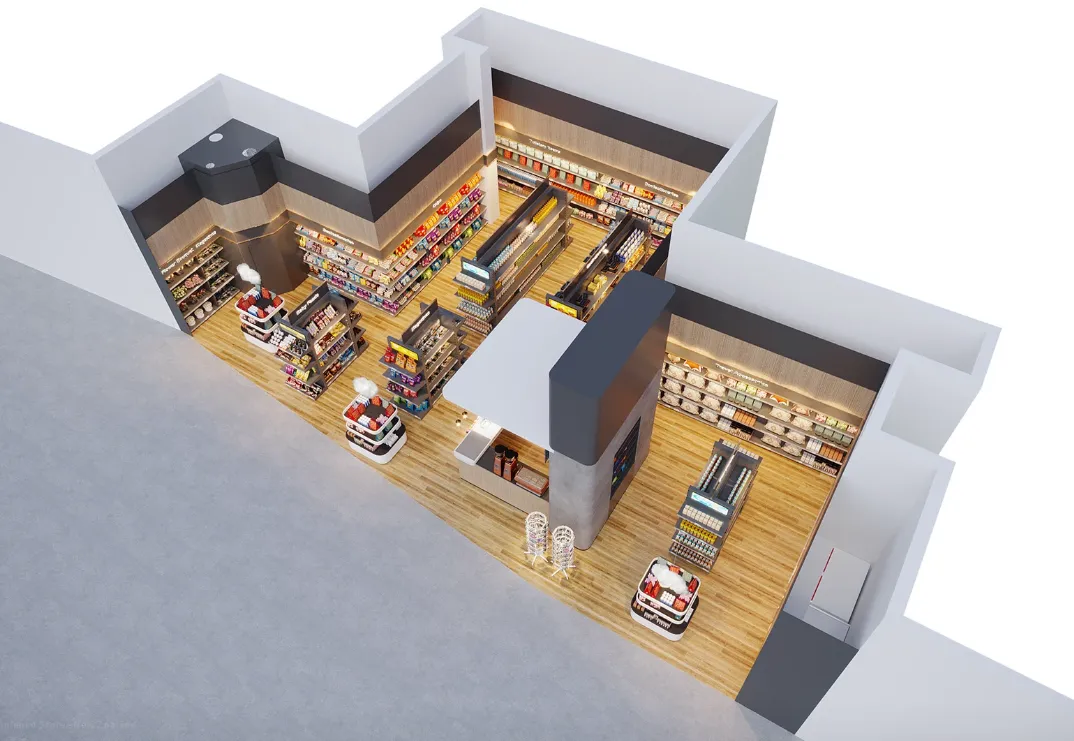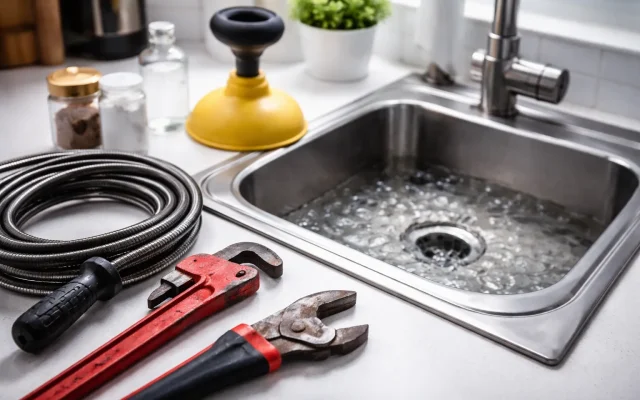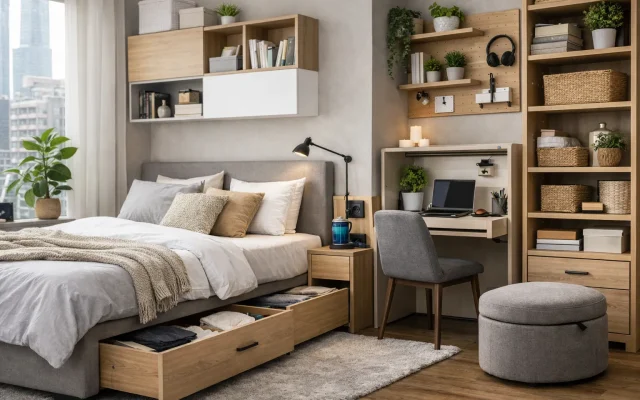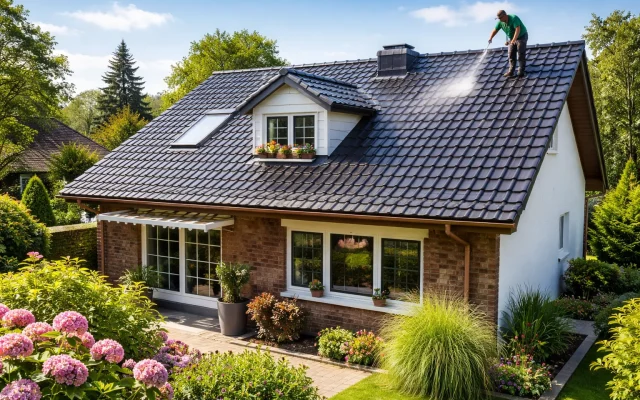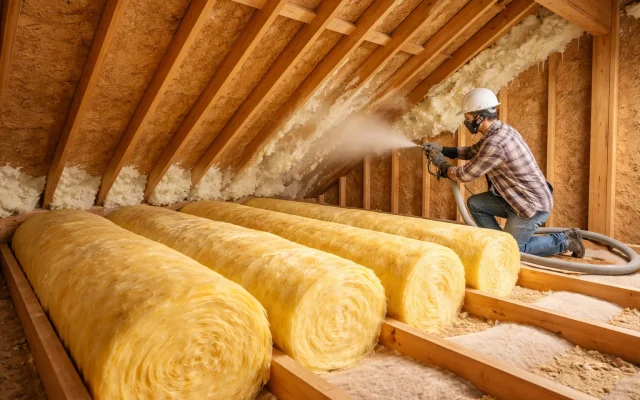Luxury retail design is about more than just aesthetics — it’s about evoking emotion, exclusivity, and prestige. Every fixture, color, and texture must align with the brand’s promise of sophistication and excellence. In this realm, retail furniture and display showcases serve as vital elements that define the customer experience. They transform retail spaces into immersive environments where luxury isn’t just seen — it’s felt.
What Defines a Luxury Retail Environment
Luxury stores are designed to make customers feel special. The goal is not to sell products quickly, but to create an atmosphere of refinement, comfort, and desire. A luxury space should slow down time, encouraging customers to browse, touch, and engage with products without rush.
To achieve this, every design choice must convey sophistication — from the flooring to the lighting, from the retail furniture layout to the display showcases used. Each element tells a story of quality and exclusivity.
The Role of Retail Furniture in Luxury Design
In luxury retail, furniture isn’t just functional; it’s part of the brand’s visual language. High-end retail furniture creates a physical expression of brand identity.
Key aspects include:
- Premium Materials: Fine woods, marble, leather, brass, and glass communicate craftsmanship and attention to detail.
- Minimalism Over Clutter: Luxury design often embraces minimalism — fewer pieces, more space, and a stronger focus on each product.
- Ergonomic Comfort: Furniture should provide comfort and elegance simultaneously, allowing customers to linger.
- Consistency: From seating areas to product tables, maintaining consistent finishes and tones creates a seamless, high-end aesthetic.
For example, a luxury fashion store might use gold-accented furniture with soft velvet textures to create warmth and exclusivity, while a watch boutique might use dark wood and glass to project timeless sophistication.
The Impact of Display Showcases on Product Perception
Display showcases are the centerpiece of luxury merchandising. They not only present products but also elevate them — literally and metaphorically. A beautifully designed showcase turns each item into a statement piece worthy of admiration.
Luxury display design principles include:
- Precision Lighting: Every product should have its own lighting focus to highlight details and craftsmanship.
- Transparency and Reflection: Glass and mirrors are used strategically to enhance visibility and create an illusion of abundance.
- Isolation Effect: Each product or collection is given space, allowing it to command attention.
- Security with Style: High-end showcases balance elegance with functionality, offering protection without compromising aesthetic appeal.
Luxury brands often invest in custom-made display showcases that integrate technology, such as touch sensors, automated opening systems, or LED lighting that adjusts based on ambient brightness. These details reinforce innovation and exclusivity.
The Psychology of Luxury Through Design
Luxury is psychological as much as it is visual. The environment must appeal to the senses — sight, touch, and even sound. Soft textures, quiet spaces, and carefully curated lighting evoke feelings of calmness, comfort, and privilege.
Elegant retail furniture invites customers to stay longer, while artful display showcases encourage admiration rather than impulse. Together, they set the rhythm of the shopping experience, transforming a simple visit into a memorable event.
A key principle of luxury retail is “less is more.” By reducing clutter and showcasing fewer items, each piece gains value in the eyes of the customer.
Creating Emotional Connection Through Design
Every luxury purchase is emotional — it’s not just about the product, but the experience. The combination of refined furniture and bespoke showcases contributes to this emotional connection by making customers feel they’re part of something rare and meaningful.
- Warm Lighting: Creates intimacy and depth.
- Spacious Layouts: Allow products to breathe and command attention.
- Inviting Seating Areas: Encourage customers to relax, reflect, and engage with the brand on a deeper level.
When customers associate your brand with comfort, elegance, and exclusivity, they’re more likely to build lasting loyalty.
The Role of Technology in Modern Luxury Design
Luxury retail today blends traditional craftsmanship with modern innovation. Smart display showcases with motion sensors, temperature control, and interactive screens are becoming the norm in high-end stores. These features not only protect valuable products but also enhance storytelling and engagement.
Likewise, modular retail furniture that can adapt to changing displays ensures that the store remains timeless yet flexible. This integration of technology subtly reminds customers of your brand’s sophistication and forward-thinking approach.
Designing for a Lasting Impression
A customer’s journey in a luxury store should feel cinematic — beginning with intrigue, building with discovery, and ending with satisfaction. Carefully positioned retail furniture directs flow, while display showcases highlight the hero products at just the right moments.
Every element should feel intentional, curated, and immersive. From the softness of a leather chair to the gleam of a glass case, the entire space should whisper luxury.
Conclusion
Luxury retail design is an art form that balances simplicity, elegance, and emotional resonance. Through carefully selected retail furniture and expertly crafted display showcases, brands can create spaces that reflect their values, captivate their customers, and elevate every shopping experience into something extraordinary. When done right, design becomes more than decoration — it becomes the embodiment of luxury itself.
Frequently Asked Questions (FAQs)
Retail furniture defines the tone of the space, blending comfort and elegance to reflect the brand’s identity and enhance the shopping experience.
They elevate each item’s value through lighting, spacing, and material choice, making products appear more exclusive and desirable.
Minimalism directs focus to each product, allowing quality and craftsmanship to stand out without visual clutter.
High-end materials like marble, brass, leather, and glass are used to convey refinement and durability.
Precision lighting highlights details, adds drama, and creates an intimate, high-end shopping atmosphere.
Smart showcases with sensors and LED lighting enhance interactivity, security, and brand storytelling.
Consistent finishes, colors, and materials unify the space, reinforcing brand recognition and sophistication.
Warm lighting, soft textures, and spacious layouts make customers feel relaxed, valued, and emotionally connected to the brand.
It involves giving each product its own space so it commands attention and feels more valuable.
By creating an immersive, comfortable environment that turns shopping into a memorable, personalized experience.

